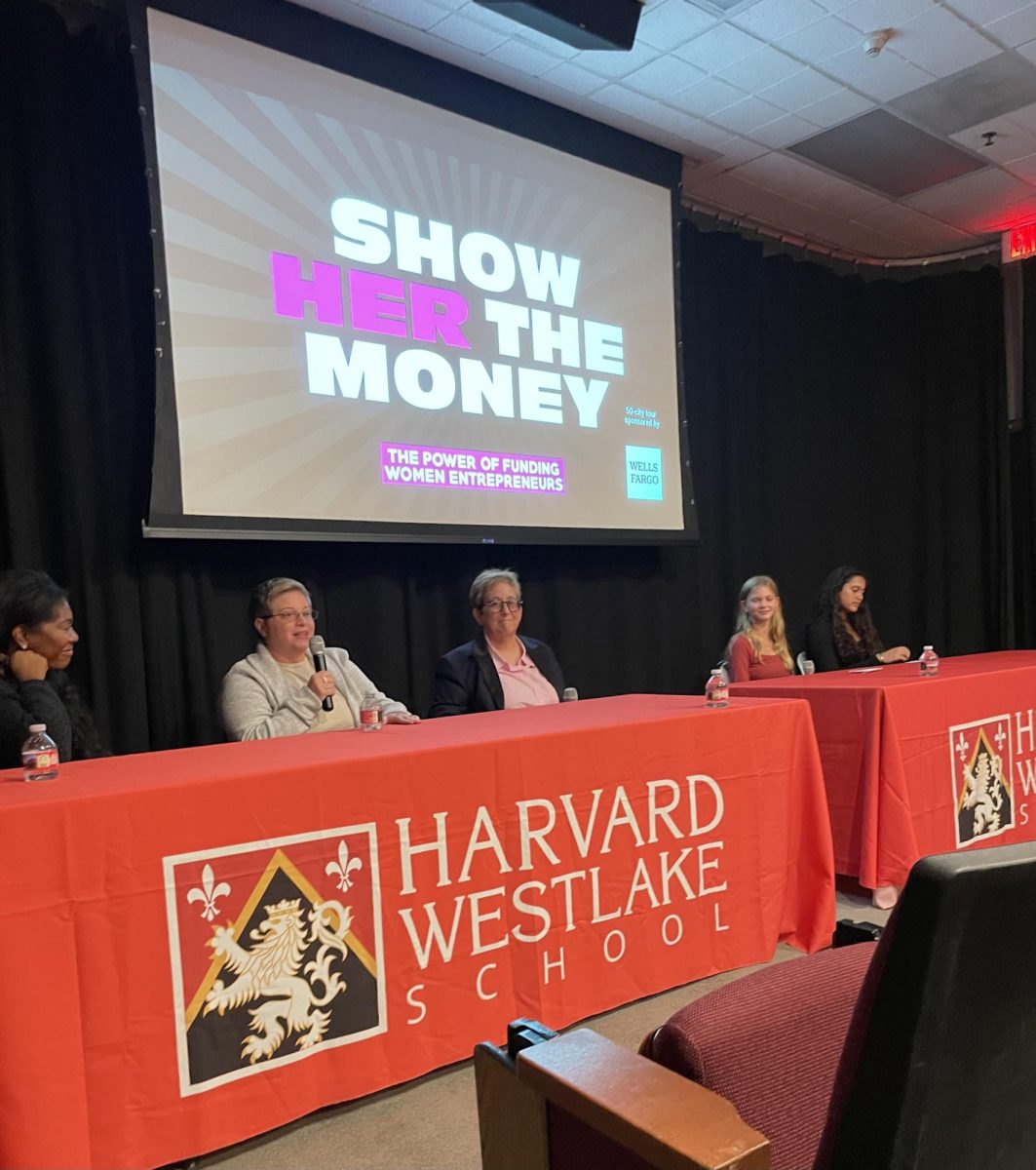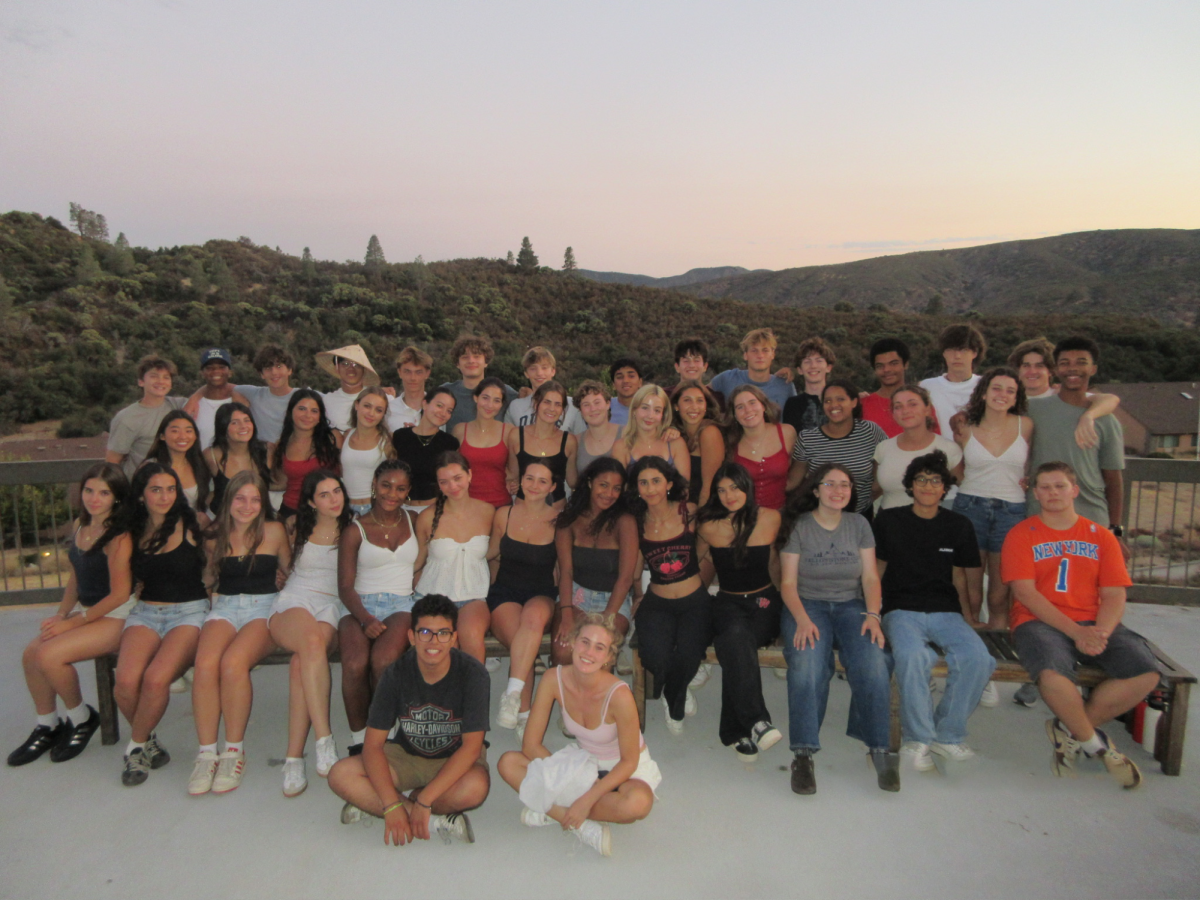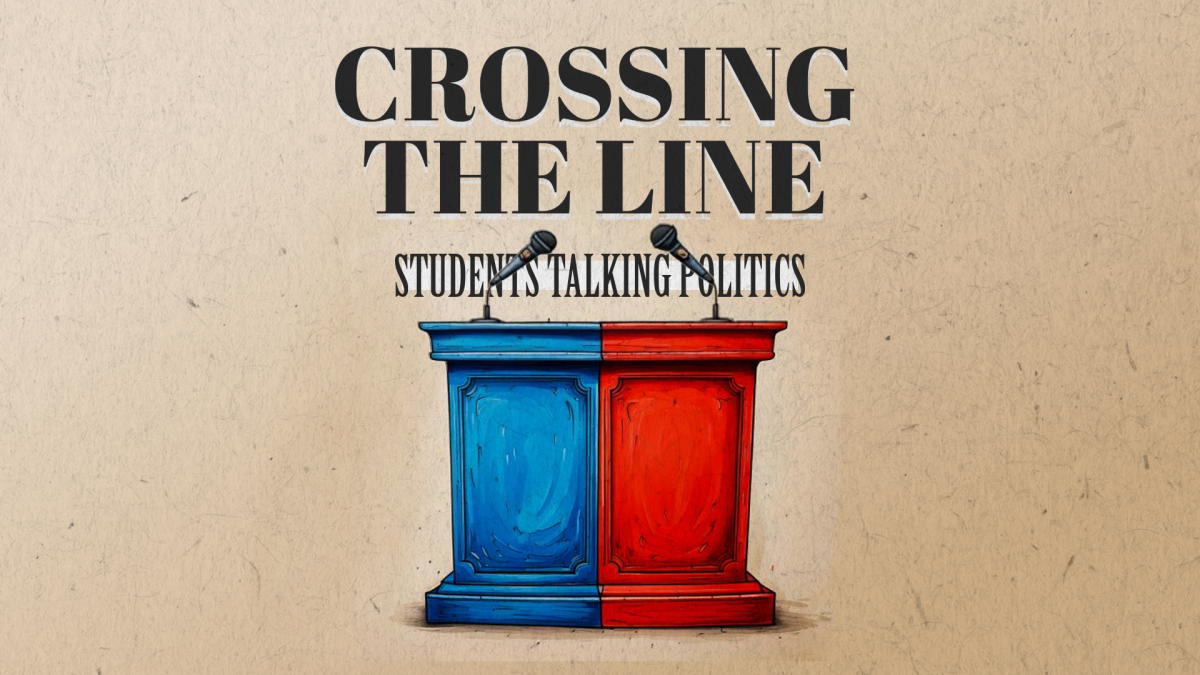The Cost of Crypto
Community members discuss the social, economic and environmental impact of the rise of cryptocurrency and non-fungible tokens (NFTs).
Illustration by Alexa Druyanoff
Although many welcome the rise of cryptocurrency, its volatility and contribution to climate change have sparked discussion.
After unlocking her phone and scrolling through unread emails, Shoshie Bernstein ’22 logged onto her Coinbase app to check the status of her Bitcoin holdings. Bernstein, who used a mixture of birthday and bat mitzvah money to purchase cryptocurrency in March 2018, beamed when she saw the Bitcoin price chart: Her investments had nearly doubled in just a few months.
Cryptocurrency, a digital asset exchanged through peer-to-peer networks outside traditional banks or governments, typically uses databases called blockchains to facilitate transactions. Bitcoin, released in 2009 as the first decentralized currency, has amassed roughly 46 million American shareholders since its inception, according to Newsweek.
Bernstein said although she was initially concerned at the idea of wasting money by purchasing bitcoin, her investment has paid off in the long run since its value has increased over time.
“I first invested in crypto a few years ago after hearing about it from a friend,” Bernstein said. “I was a bit apprehensive to invest in something that seemed so intangible and that I didn’t fully understand, but in hindsight, I am glad I did.”
While she said she is excited by short-term increases in Bitcoin price, Bernstein said she is largely unfazed by its frequent changes in value, as she said she is confident that upward trends will hold.
“I don’t get stressed when I see that [Bitcoin value] has fluctuated or has decreased since the last time I checked,” Bernstein said. “I’ve had it for so long and seen it change so many times that I’m numb to it. I know that I’m in it for the long term and that eventually, it will go back up again each time.”
Bernstein’s perception of rapid fluctuations in cryptocurrency value is corroborated by recent data; CNBC reports Bitcoin plunged 30% in a single day in May 2021 and Fortune reports that Dogecoin, another form of cryptocurrency, skyrocketed 43% in just one day in April 2021.
Blockchain Club leader Ryan Pinsker ’23 said sudden shifts in value are common in all forms of cryptocurrency.
“Crypto [is] volatile,” Pinsker said. “The industry is still new, and there’s still a lot of uncertainty going around, which causes the price to fluctuate frequently. One day investors could be up $1000, and the next day they can be down $500. This becomes really tricky when users try to exchange between different cryptocurrencies, as exchanges sometimes have trouble converting prices.”
Pinsker said the decentralized exchange and public storage of data employed by blockchains have the potential to restore trust in transactions.
“I invest [in cryptocurrency] because I’m a believer in the many use cases for blockchain technology for the betterment of our society,” Pinsker said. “I think that cutting out the middleman, in most cases big, centralized banks, is crucial to furthering privacy and economic freedom, and blockchain technology is, in my opinion, the solution to this.”
Pinsker said he envisions a world in which cryptocurrency and blockchain technology replace traditional money as the dominant form of exchange.
“I think crypto will transform the American economy,” Pinsker said. “The technology is here to stay. I think that in the future, the American economy will run on some form of cryptocurrency.”
Financial Technology Club leader Sarah Brown ’24 said cryptocurrency appeals more to those who seek knowledge and experience in related fields.
“Students [who invest in cryptocurrency] are usually more computer science and economics-focused because they have researched the positive and negative aspects of owning these assets,” Brown said. “I think it depends on how much the teenager knows about investing and how much money they are willing to spend. If somebody has the means and the time to invest, it is [worth considering].”
Cryptocurrencies facilitate the exchange of non-fungible tokens (NFTs), unique pieces of digital content typically linked to the Ethereum blockchain. NFTs can be photos, videos, music, drawings or any other form of digital media, and they range in price: Twitter founder Jack Dorsey’s first tweet recently sold for over $2.9 million, while NFTs sold on crypto.com sell for as low as $10.

Visual Arts Teacher Whitney Lasker said he was inspired to sell his designs using NFTs after a piece by artist Beeple sold for $69 million at Christie’s auction house in March 2021. After starting out on the NFT marketplace OpenSea with a token titled “Seeing Eye-ball,” he converted his 2013 design “Scream Bear” into an NFT.
“I made some T-shirts for the last ‘Grateful Dead’ concert, and I did this design where I took the face from the movie ‘Scream’ and then put it on the ‘dancing bear,’ which is an iconic ‘Grateful Dead’ icon,” Lasker said. “People were really into it. I sold it around LA. [I thought], ‘What if I just take that figure and make that into an NFT?’”
Lasker said NFTs will not be mainstream, but he said they add complexity to the art that is associated with them.
“I think [NFTs] are just going to become sort of a taste if that’s your style and that’s what you’re into,” Lasker said. “There might be NFT collectors, but I don’t think the whole art world will just become all NFTs. [But] I think it’s exciting because it adds the conceptual element of the blockchain to whatever you’re doing. Because the blockchain is such a hard thing for humans to grasp, I think [NFTs] help elevate the art that’s connected to [blockchain technology].”
Robotics Coach Andrew Theiss said the transition to cheap and affordable NFTs unlocks new potential uses for the technology, including applications in voting systems.
“As soon as the price is able to come down and as soon as infrastructure evolves to the point where NFTs will hopefully be dirt cheap to mint, NFTs can be used for things like voting,” Theiss said. “If you have a database that is completely anonymous, anyone can go on, they can prove it themselves without anyone knowing that you voted, and you can have proof that you voted in the form of an NFT. I feel like politically it can be a really powerful mechanism.”
At the same time, Theiss said that NFTs’ potential suggests their future impact is not entirely predictable. He said as long as NFTs are prohibitively expensive for most people, no one will have a clear idea of the future of this technology.
“The first tiny potential of this technology has just emerged, but this is not even the tip of the iceberg,” Theiss said. “The actual weight of all the infrastructure, which is being built now, is still not approachable to the general public and the rest of the world. It’s only really approachable to extremely rich people who can buy an NFT on this website or really technical people that understand how to interface with this new computer. If anyone predicts what this future is going to be, I would say [that is] pretty short-sighted because most of the things that have already been created surrounding [this technology] no one has been able to predict.”
Theiss said that NFTs currently exist largely as a symbol of wealth.
“The way the social maturation of the space is going, [NFTs are] turning into a status symbol,” Theiss said. “Really rich people are buying them just to prove that they have some amount of wealth and status.”
While NFTs and cryptocurrency generate wealth or serve as symbols of wealth for some, Environmental Club leader Chloe Appel ’23 said the current forms of cryptocurrency can also generate environmental and economic issues. Cryptocurrency mining, the process by which new coins are created and transactions are validated on a blockchain network, consumes a significant amount of electricity. In upstate New York alone, small businesses paid an additional $165 million a year in energy costs due to the power demands of local cryptocurrency mining operations, according to a Berkeley Haas study. Appel said trends like these are concerning for households everywhere.
“The [cryptocurrency] mining systems take up immense amounts of energy in households, so much so that people’s energy bills are skyrocketing and through the roof,” Appel said. “That’s very expensive for them.”
Cryptocurrency mining contributes to the burning of fossil fuels and in turn, carbon dioxide emissions and global warming. Bitcoin production is estimated to generate between 22 and 22.9 million metric tons of carbon dioxide emissions a year, according to Reuters. Appel said the environmental concerns regarding cryptocurrency outweigh any economic advantage it may provide the public.
“If the energy needed to mine for cryptocurrency isn’t coming from a clean resource or a sustainable resource, then that will be very bad for the environment,” Appel said. “Since the industry is booming right now, a ton of energy is being used. This has negative effects on the environment since it’s emitting more greenhouse gases into the atmosphere, thereby [furthering] the effects of global warming.”
Micah Gold ’22 said cryptocurrency’s environmental impact can be minimized without eliminating the currency altogether. Gold said cryptocurrency is one among many industries that are adjusting their business models to successfully reduce their carbon footprint.
“The imperative [society] has is to ensure that we are investing in the future of blockchain technology so that it is more energy-efficient,” Gold said. “It’s kind of like how cars produce a lot of carbon dioxide. The way that you fix that problem is not necessarily by getting rid of all cars. A more practical solution for our country is making sure that we make those cars as efficient as possible. So instead of just getting rid of cars, we have electric cars.”
One possible solution to reducing the carbon footprint is the proof-of-stake method, which can use significantly less computing power than large-scale cryptocurrency mining systems. Other computational methods—proof of history, proof of elapsed time, proof of burn and proof of capacity—are being developed to utilize less extensive computing power, according to Investopedia. Gold said environmentally friendly blockchain technologies can eventually replace the existing ones.
“We need that type of transformation to crypto so that it uses less energy, because right now [its energy consumption is] a big problem,” Gold said. “There are already solutions to these energy problems with crypto that are starting to be adopted, and they’re getting better every year.”








































